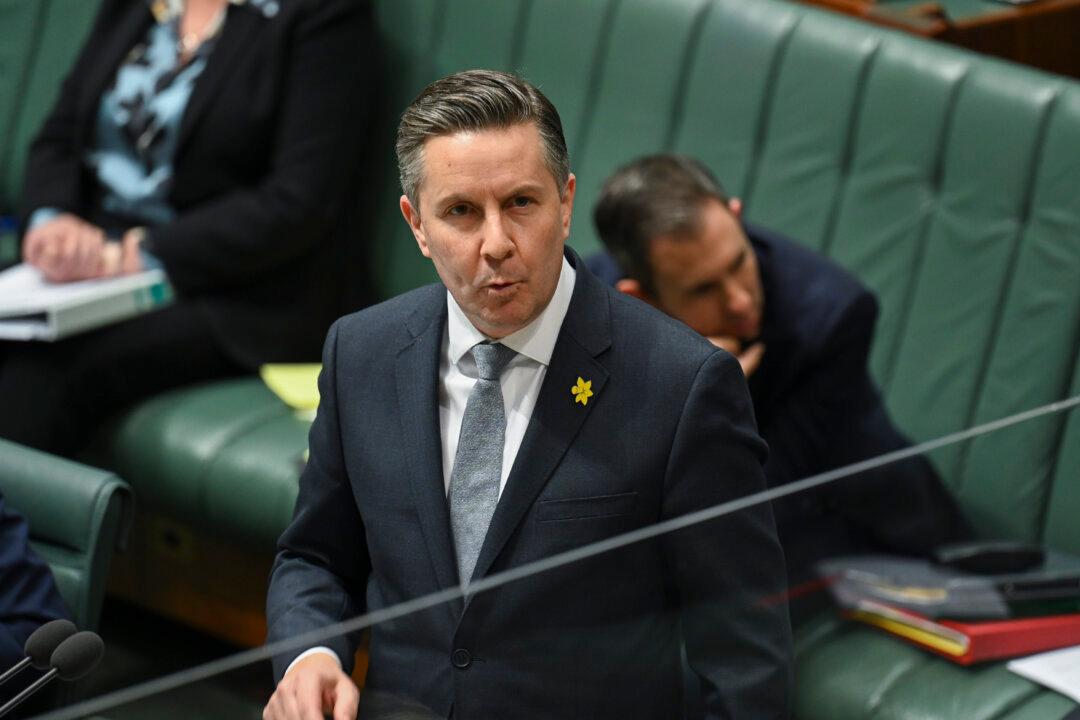The Albanese government has introduced a bill aimed at modernising My Health Record and improving the accessibility of health data for Australians.
The bill, in line with the Strengthening Medicare Task Force’s recommendations, mandates that all diagnostic imaging and pathology reports be automatically uploaded to My Health Record, addressing the issue of incomplete information sharing.





